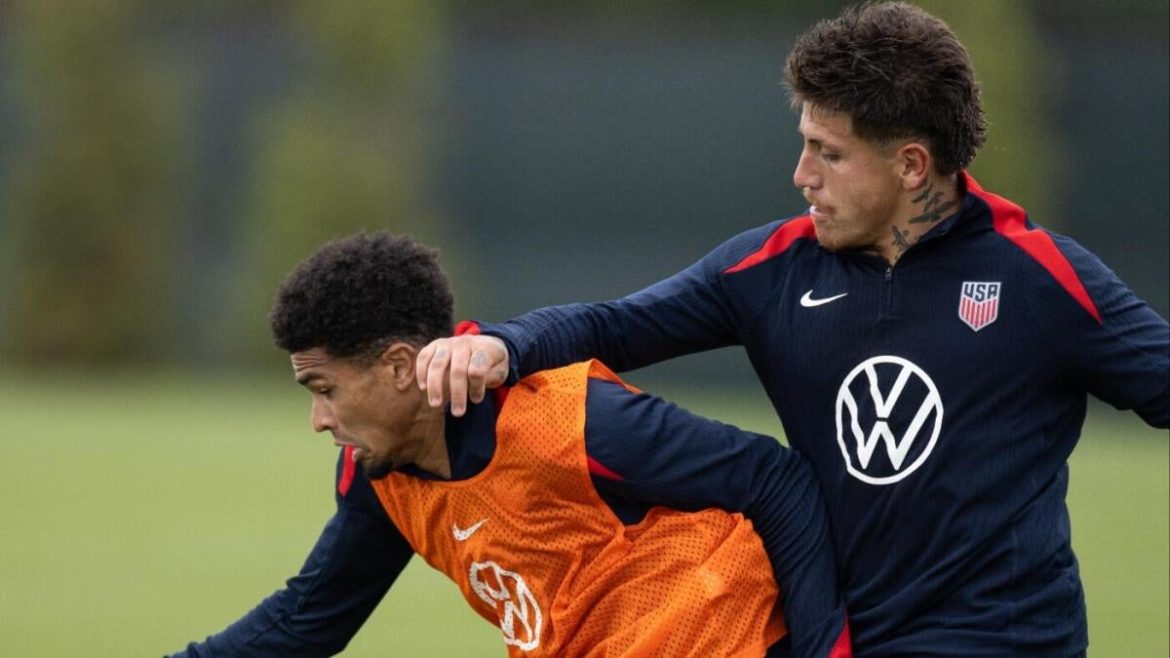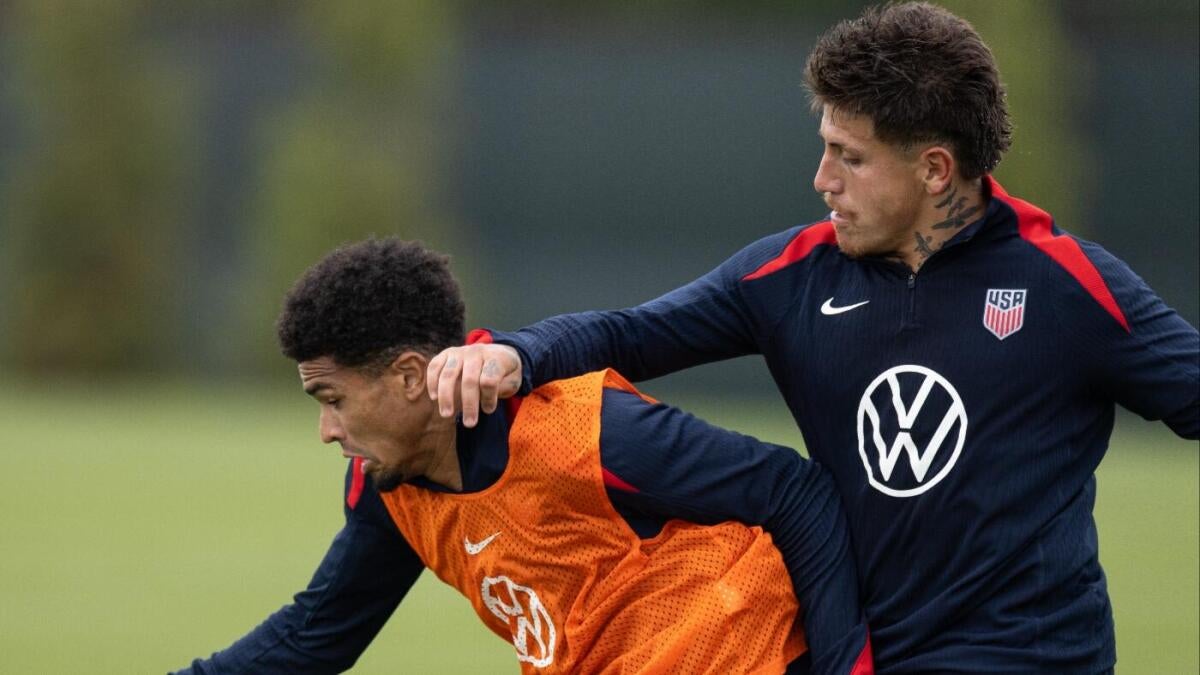Mauricio Pochettino’s USMNT 2025 Gold Cup Roster: Key Takeaways and Strategic Insights
The United States Men’s National Team (USMNT), under the leadership of head coach Mauricio Pochettino, has finalized its roster for the 2025 CONCACAF Gold Cup. As the tournament approaches, Pochettino’s selections, tactical decisions, and omissions are drawing considerable attention. This analysis explores the major themes and implications behind the roster announcement, shedding light on how the choices reflect the team’s strategic outlook and future direction.
—
A Youthful, Experimental Squad
One striking feature of the 2025 Gold Cup roster is its youth. Marking the third-youngest USMNT team assembled for the Gold Cup in recent history, the squad averages just sixteen international caps per player, with only eight in official competitions. This points to a clear intent by Pochettino to build experience and cohesion among emerging talents rather than relying heavily on established veterans.
The inclusion of 17 players from Major League Soccer (MLS) underlines a commitment to leverage domestic league talent. Additionally, the call-ups include five players who have never previously appeared in U.S. matches, such as Matt Freese, Damion Downs, Alex Freeman, Quinn Sullivan, and Sebastian Berhalter. This willingness to test new players in meaningful competitive settings demonstrates Pochettino’s readiness to expand the talent pool and inject fresh energy into the team.
—
Notable Absences and Their Implications
Perhaps the most discussed aspect of the roster is the significant absences of some of the USMNT’s biggest names. Christian Pulisic, Antonee Robinson, Weston McKennie, Tim Weah, Gio Reyna, and Yunus Musah are among the key players missing from the squad. These omissions stem from a combination of scheduling challenges with club commitments—particularly due to the FIFA Club World Cup—and possibly tactical preferences.
Pulisic and Robinson’s absences notably impact the team’s attacking prowess and defensive stability on the flanks, respectively. Gio Reyna and Weston McKennie’s omission deprives the squad of midfield creativity and experience, while Tim Weah’s absence affects forward depth. This forces Pochettino to recalibrate his tactical approach, possibly shifting toward more collective team dynamics rather than relying on star players to make decisive differences.
—
Balancing Experience and Potential
While youth dominates the roster, Pochettino has preserved some experienced players to provide stability and leadership. The balance between emerging talent and seasoned professionals is vital in a tournament setting where pressure and intensity can fluctuate rapidly.
This mix aims to create a developmental platform for young players to thrive while ensuring enough on-field leadership to navigate complex match scenarios. Pochettino’s approach signals a long-term vision that prioritizes sustained growth over immediate results, likely looking past the Gold Cup to the 2026 FIFA World Cup on home soil.
—
Tactical Flexibility and Roster Depth
The roster construction reflects an emphasis on tactical flexibility. Pochettino selected a 27-player contingent for the pre-Gold Cup training camp, which includes friendlies against Turkey (June 7) and Switzerland (June 10). These matches provide an opportunity to experiment with different formations and lineups before the competitive tournament begins.
Groups facing Trinidad & Tobago, Haiti, and Saudi Arabia in the Gold Cup group stage highlight the necessity of adaptable strategies. By testing players in diverse roles during friendlies, Pochettino can refine his lineup to best exploit opponents’ weaknesses. The depth fostered by this roster also prepares the team to cope with injuries or suspensions over the course of the tournament.
—
Strategic Significance for 2026 and Beyond
This Gold Cup represents more than a regional competition; it is the final major tournament before the US hosts the World Cup in 2026. The roster’s composition, prioritizing youth and experimentation, sends a clear message that Pochettino is constructing a foundation for the squad’s future success.
Without its biggest stars, the USMNT is challenged to develop alternative leaders and create collective resilience. This process supports a seamless transition toward a more mature roster ready for the rigors of global competition. The tournament acts as a live developmental camp, offering valuable experience against quality CONCACAF opposition.
—
Conclusion: A Bold, Forward-Looking Roster
Mauricio Pochettino’s selection for the 2025 USMNT Gold Cup squad reveals a deliberate strategy centered around youth development, depth-building, and experimentation. The omission of several high-profile players accentuates the team’s reliance on up-and-coming talents and flexibility in tactical deployment.
While this approach sacrifices some immediate star power, it strives for sustained growth and long-term international competitiveness. The upcoming Gold Cup will serve as both a proving ground and a wake-up call, testing the resilience and potential of the next generation of American soccer players as they aim to carry the nation forward toward the 2026 World Cup and beyond.





